Product Short Description:
Dive into profound research endeavors with Proscaline hydrochloride, a meticulously crafted compound specifically tailored for scientific investigations. With the chemical formula 2-{3,5-dimethoxy-4-propyloxyphenyl}ethan-1-amine hydrochloride and a molar mass of 275.8 g/mol, this substance ensures a purity level exceeding 97%, guaranteeing precision in your experiments. Designed for in-depth studies, it offers stability for up to 2 years when stored appropriately. For reliable sourcing and swift delivery, order Proscaline hydrochloride securely and swiftly via our platform at researchchemicalsoutlet.com.
Proscaline Hydrochloride Properties:
- Synonym: 3,5-dimethoxy-4-propoxyphenethylamine hydrochloride
- CAS Number: 39201-78-0
- Formula: 2-{3,5-dimethoxy-4-propyloxyphenyl}ethan-1-amine hydrochloride
- Molar Mass: 275.8 g/mol
- Purity: > 97%
About Proscaline Hydrochloride:
Proscaline hydrochloride, also referred to as 4-propoxy-3,5-dimethoxyphenethylamine hydrochloride, belongs to the phenethylamine class. This synthetic compound, derived from a natural psychedelic found in specific cacti, is meticulously crafted in laboratories for scientific research purposes. Researchers delve into its properties, studying its interactions with brain receptors and understanding its unique pharmacological profile. The compound’s structure is designed with specific modifications, mirroring natural compounds but offering distinct properties for exploration.
This ongoing research contributes significantly to our understanding of psychedelic compounds, impacting fields such as neuroscience, psychology, and pharmacology. By exploring the mechanisms of action, scientists aim to uncover potential therapeutic applications and deepen knowledge within the realm of psychedelic research.
Creation of Proscaline Hydrochloride:
The origins of Proscaline hydrochloride trace back to the scientific exploration of psychedelic substances and their impact on human consciousness. Researchers, captivated by the distinctive properties of mescaline, sought to create derivatives that could shed light on its pharmacological activity. Proscaline hydrochloride emerged through meticulous chemical synthesis in laboratories, involving specific structural modifications aimed at understanding its psychoactive properties, receptor interactions, and potential therapeutic applications.
While exact details regarding the creation of Proscaline hydrochloride are not widely documented, its development represents a broader scientific effort to enhance our knowledge of psychedelic substances. Researchers continually explore these compounds, aiming to uncover underlying mechanisms, study their cognitive and perceptual effects, and assess their potential applications in various scientific domains.
Hazard Statements:
- Proscaline hydrochloride can cause respiratory irritation.
- Proscaline hydrochloride can cause eye irritation.
- Discharging research chemicals into the environment is prohibited.
Safety Protocols:
- In contact with the eye: Rinse eyes gently with water for five minutes. Remove contact lenses if possible.
- In contact with skin: Wash skin with soap and water.
- After inhalation of Proscaline hydrochloride: Remove the victim to fresh air and ensure easy breathing.
For further exploration, visit the Wikipedia page on Proscaline and secure your supply at researchchemicalsoutlet.com.

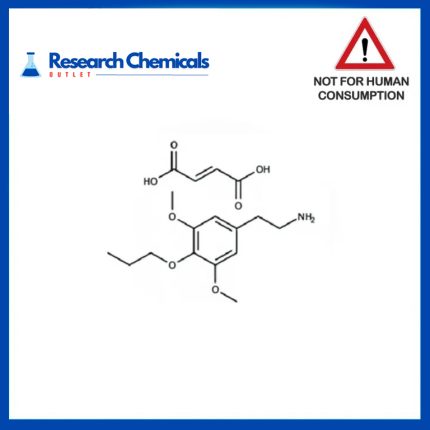
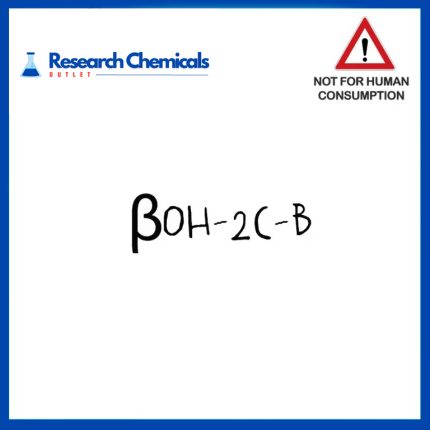


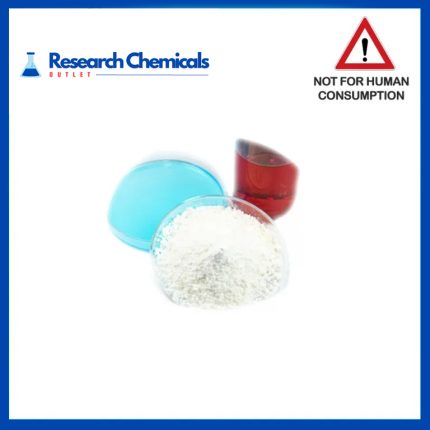
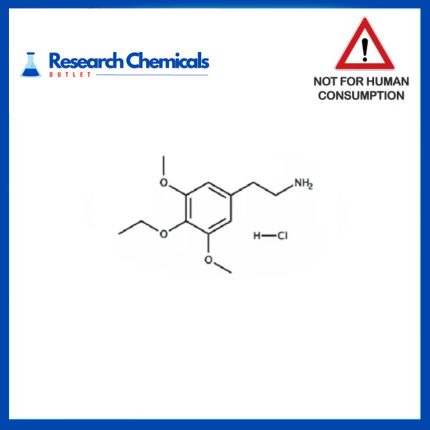
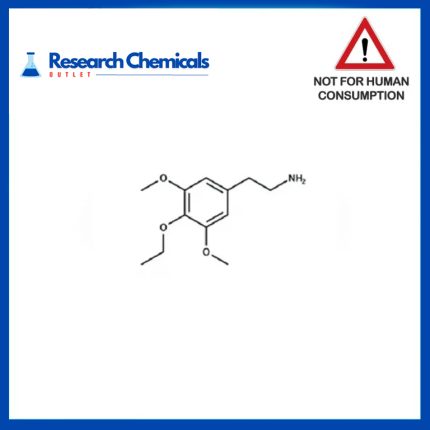

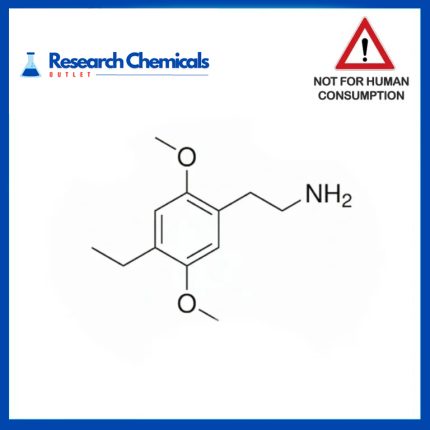
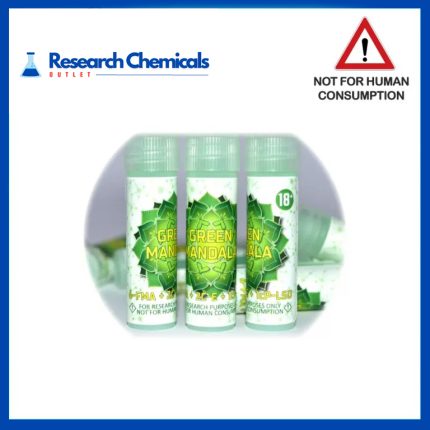
Reviews
There are no reviews yet.